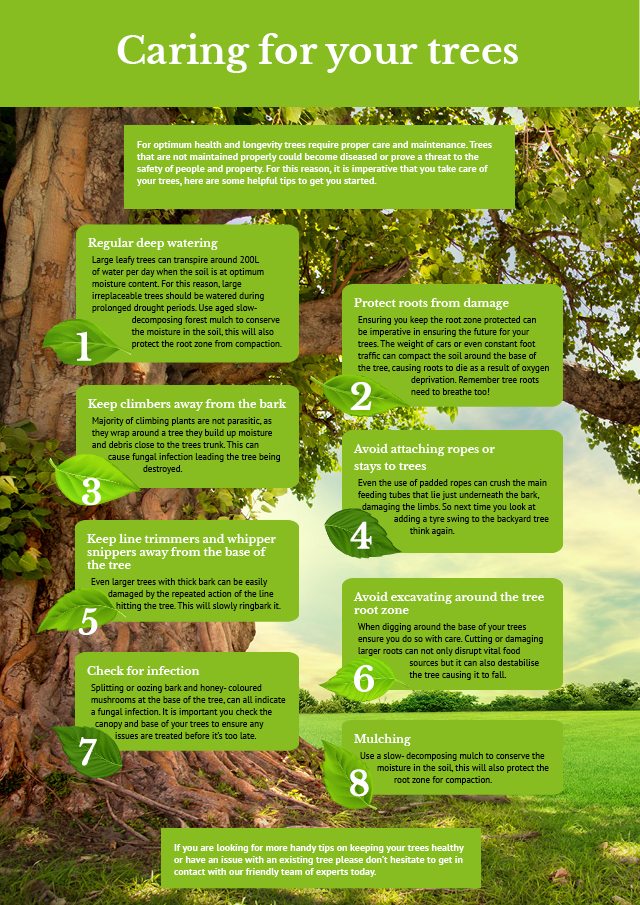Post-Tree Elimination Care: Just How To Restore Your Landscape Effectively
Post-Tree Elimination Care: Just How To Restore Your Landscape Effectively
Blog Article
Author-Berman Massey
After a tree's removal, your landscape might look fairly various, and it's essential to assess the results very carefully. You'll intend to evaluate the soil disturbance and inspect surrounding plants for any kind of indicators of stress. Neglecting these elements can lead to bigger problems down the line. So, what should you make with those stumps and origins? And just how do you pick the very best plants for your revitalized space? Let's discover these vital actions.
Assessing the Aftermath: Reviewing Your Landscape
After a tree elimination, it's critical to assess your landscape to comprehend the effect it carries your yard.
Begin by examining the area where the tree stood. Look for signs of soil disturbance, and check the surrounding plants for any kind of anxiety or damage.
Trim The Tree should likewise make note of how the elimination has actually changed sunlight direct exposure and air flow in your garden. This shift can affect the growth of close-by plants, so it's essential to examine their health.
Think about the visual facets also; the elimination might create an open space that you can upgrade.
Lastly, consider any possible disintegration problems that could arise from the tree's lack. Dealing with these aspects early will help recover equilibrium to your landscape.
Taking care of Stumps and Roots: Options for Elimination
Once you've evaluated the results of the tree elimination, you'll likely require to deal with the stump and roots left.
You have a couple of options for removal. One reliable method is stump grinding, where a professional utilizes a machine to grind the stump down to underground level. This method leaves marginal disturbance to your landscape.
If you favor a DIY technique, you can utilize a combination of excavating and chemical stump cleaners. Just remember, Tree Trimming Cost can take time and effort.
Additionally, think about leaving the stump as an all-natural attribute, which can work as an unique garden aspect or environment for wildlife.
Whatever you select, attending to the stump and roots is essential for restoring your landscape.
Choosing the Right Plants for Your New Room
As you analyze your freshly removed space, selecting the right plants can considerably improve your landscape's charm and performance.
Beginning by considering the sunshine and dirt conditions. For sunny locations, select drought-resistant plants like lavender or succulents. In shaded spots, ferns and hostas flourish well.
Consider the dimension and growth behaviors of your plants; mix perennials and annuals for seasonal variety. Don't neglect to incorporate indigenous types; they require much less maintenance and support neighborhood wild animals.
Group plants in odd numbers for a more natural look and produce layers for visual deepness.
Ultimately, guarantee you have a mix of colors and appearances to maintain your landscape vibrant throughout the periods.
Satisfied growing!
Final thought
To conclude, recovering your landscape after tree elimination is a gratifying process. By evaluating the results, addressing stumps and roots, and choosing the right plants, you'll create a successful environment. Don't neglect to incorporate erosion control actions to safeguard your dirt. With a little effort and treatment, you can change your space right into a dynamic yard that boosts your residential or commercial property. Accept the opportunity to invigorate your landscape and appreciate the appeal of nature right in your backyard!
